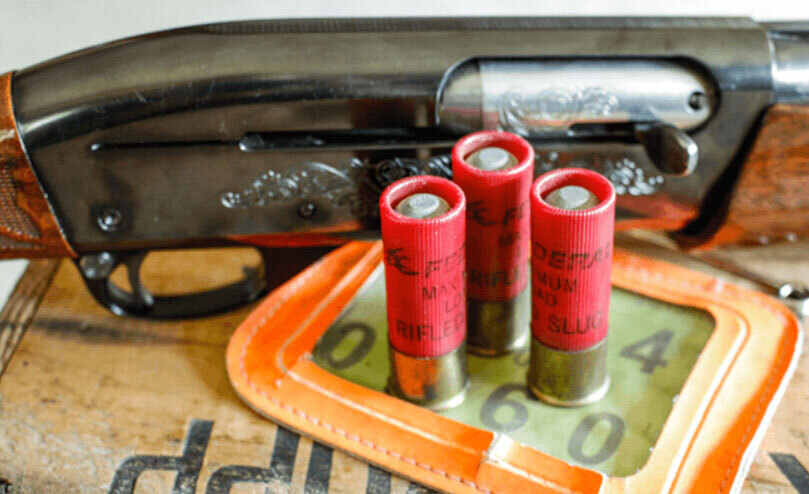Shotgun slugs have long been a topic of interest for firearms enthusiasts and hunters alike. Understanding their travel distances is crucial for safety, accuracy, and overall performance. In this comprehensive guide, we delve into the factors affecting how far shotgun slugs travel, providing valuable insights and expert advice.
Understanding Shotgun Slugs Travel
Shotgun slugs are projectiles fired from shotguns, designed for increased accuracy and range compared to traditional shotshells.
Factors Influencing Travel Distance
Several factors influence the travel distance of shotgun slugs, including:
1. Barrel Length and Twist Rate
The length of the shotgun barrel and its twist rate significantly impact the stability and trajectory of the slug.
2. Slug Weight and Design
Heavier slugs with aerodynamic designs tend to travel farther due to increased momentum and reduced air resistance.
3. Muzzle Velocity
The speed at which the slug leaves the muzzle directly affects its travel distance, with higher velocities resulting in longer ranges.
4. Environmental Conditions
Factors such as wind speed, humidity, and atmospheric pressure can affect the trajectory and overall travel distance of shotgun slugs.
5. Rifled or Smooth Bore
The type of barrel (rifled or smooth bore) also plays a role in determining the slug’s stability and range.
6. Projectile Material
The material composition of the slug, whether lead, steel, or other alloys, influences its ballistic performance and travel distance.
Optimizing Shotgun Slug Travel
To maximize the travel distance and accuracy of shotgun slugs, consider the following tips:
- Ensure proper barrel maintenance and alignment.
- Experiment with different slug weights and designs to find the optimal combination for your firearm.
- Practice proper shooting techniques and maintain consistent form.
- Stay informed about environmental conditions and adjust your shooting accordingly.
How far do Shotgun Slugs Travel?
Shotgun slugs can travel varying distances depending on the factors mentioned above. On average, they can reach distances of up to several hundred yards, with some specialized slugs capable of traveling even farther.
Case Studies and Real-world Examples
Explore real-world scenarios and case studies showcasing the travel distances achieved by different shotgun slug configurations.
FAQs about Shotgun Slugs Travel
How accurate are shotgun slugs at long distances?
Shotgun slugs can be accurate at long distances, especially when fired from rifled barrels and with proper shooting techniques.
What is the maximum effective range of shotgun slugs?
The maximum effective range of shotgun slugs varies depending on factors such as firearm type, ammunition, and shooter skill, but it can exceed 100 yards in some cases.
Do shotgun slugs lose velocity over distance?
Yes, like any projectile, shotgun slugs experience velocity loss over distance due to air resistance and other factors.
Can shotgun slugs penetrate body armor?
Some shotgun slugs are capable of penetrating certain types of body armor, but this depends on the slug’s design and material composition.
Are shotgun slugs legal for hunting in all states?
Regulations regarding the use of shotgun slugs for hunting vary by state and region, so it’s essential to consult local laws and regulations before hunting with them.
What safety precautions should be taken when using shotgun slugs?
Always follow firearm safety protocols, wear appropriate protective gear, and ensure a clear line of sight before firing shotgun slugs.
Conclusion
In conclusion, understanding how far shotgun slugs travel is crucial for safe and effective shooting. By considering factors such as barrel length, slug weight, and environmental conditions, shooters can optimize their firearm’s performance and achieve greater accuracy and range. Keep exploring and experimenting to find the perfect setup for your shotgun slug adventures!

